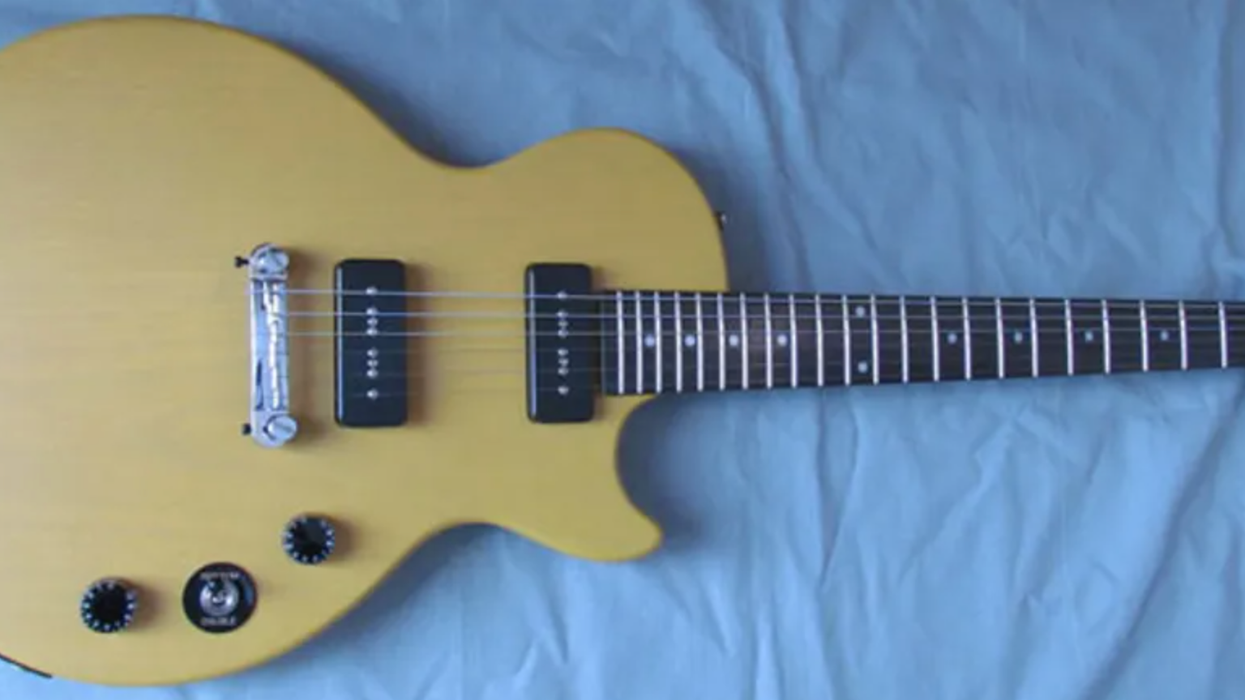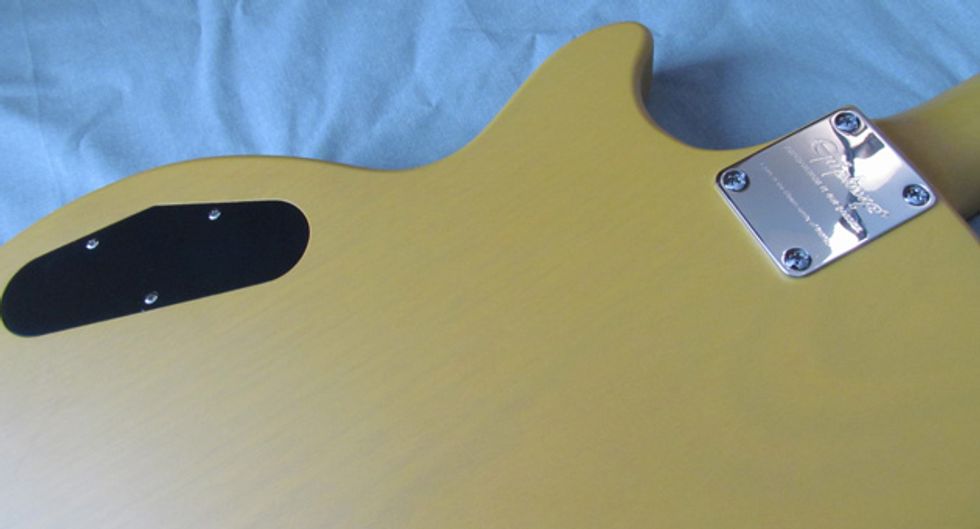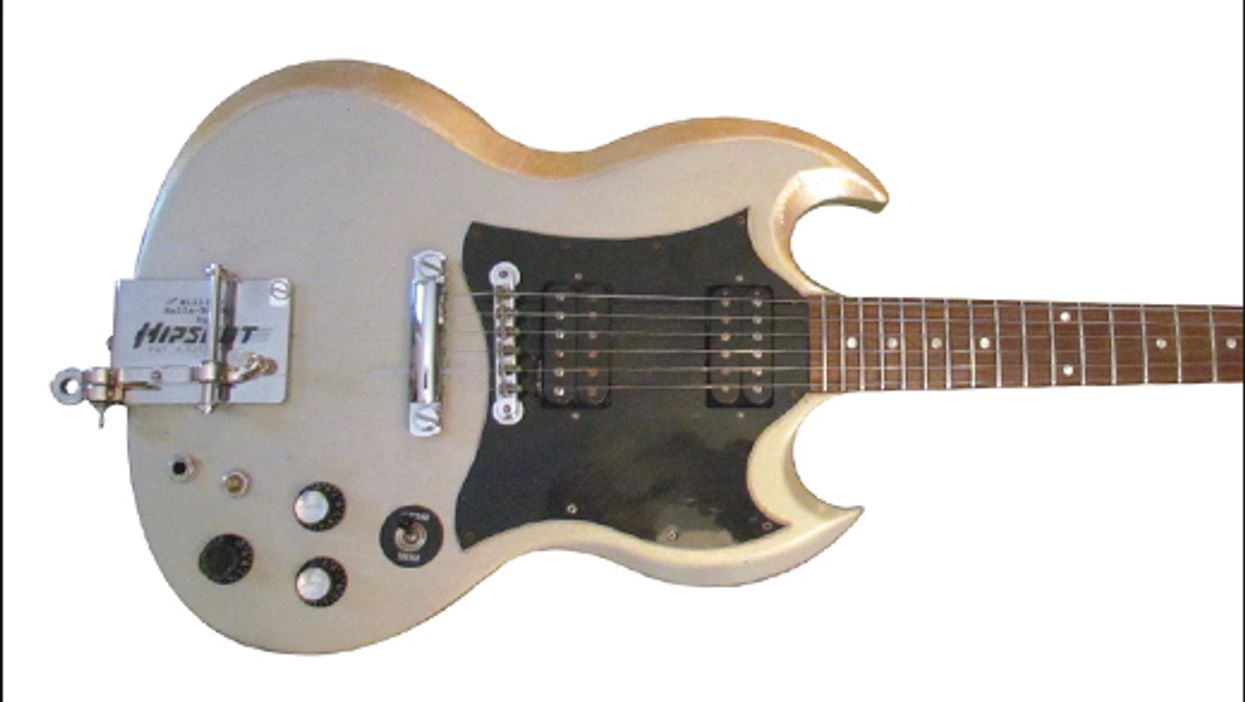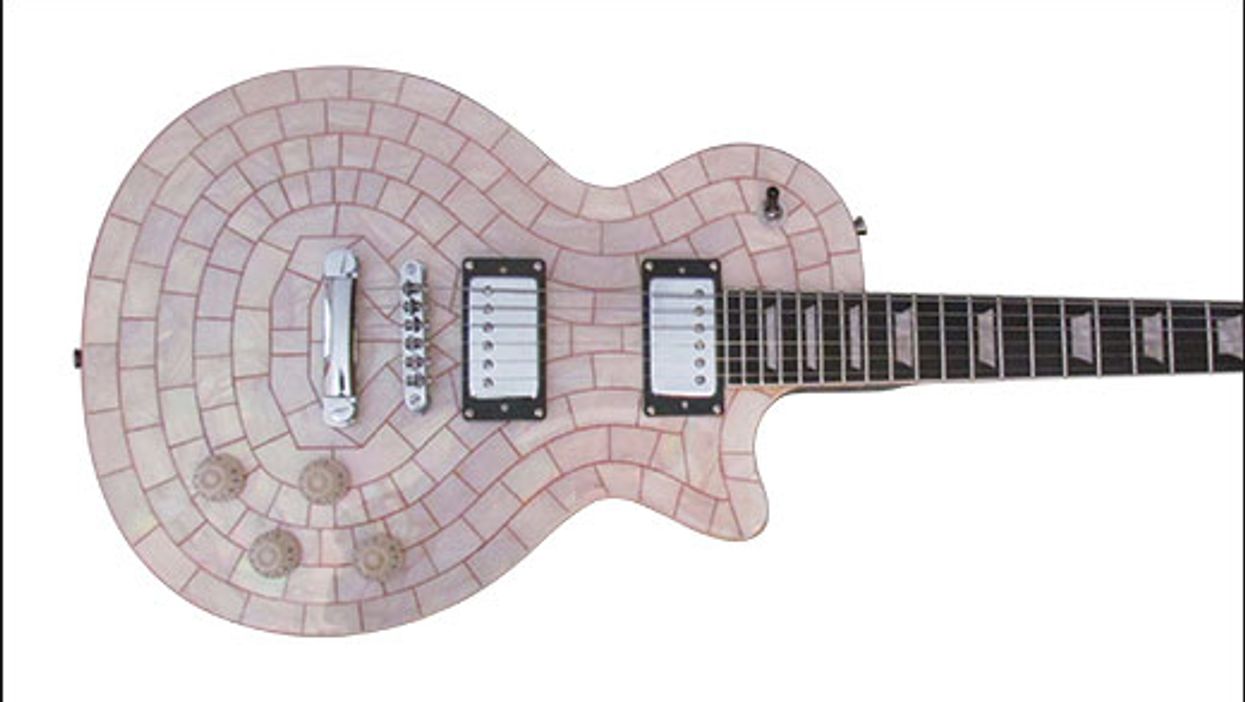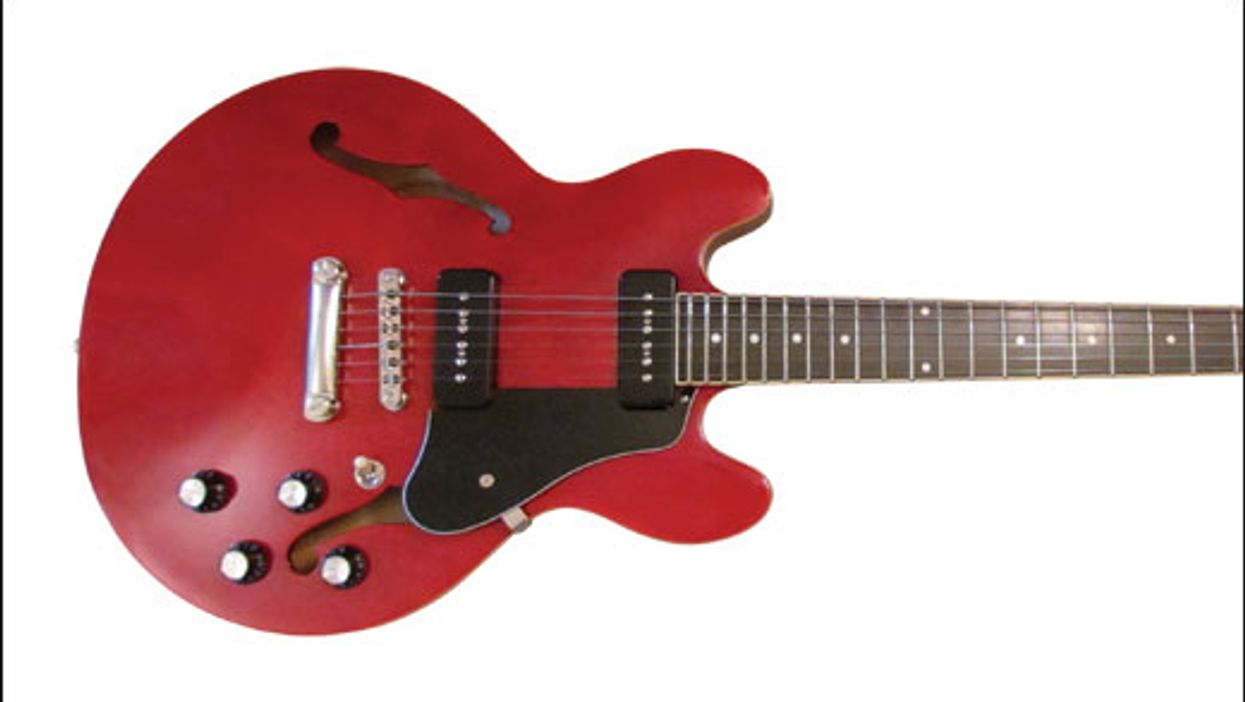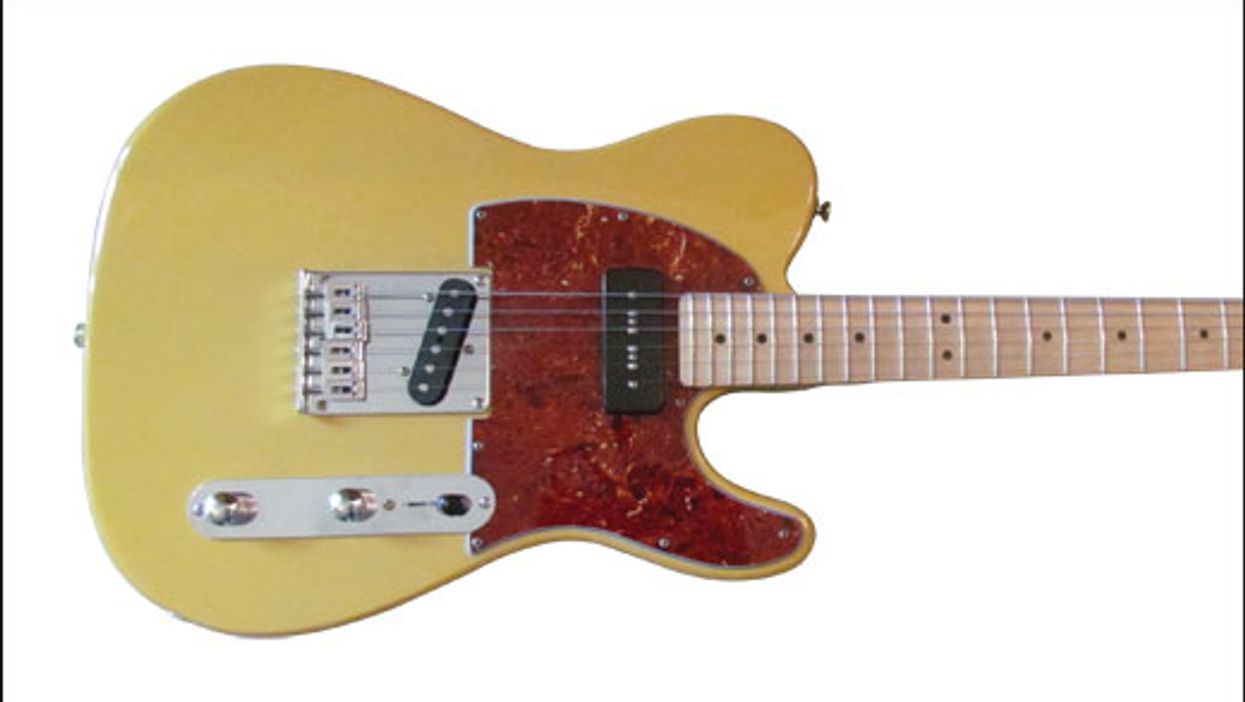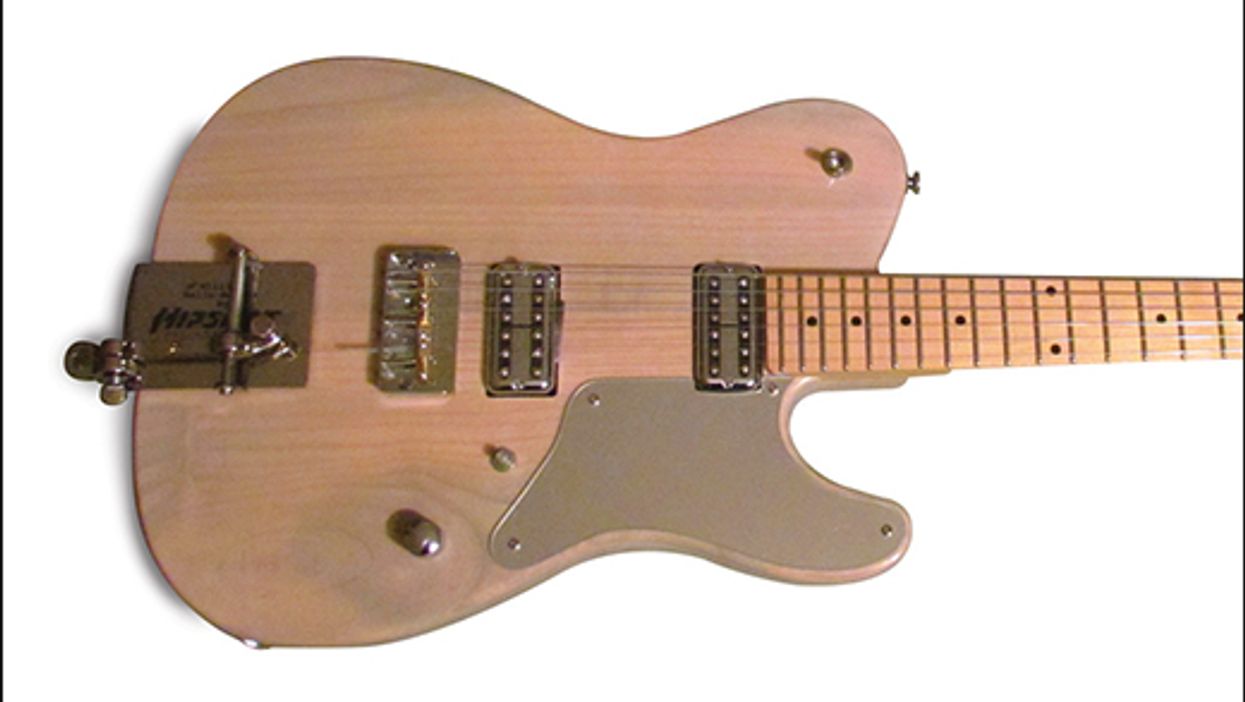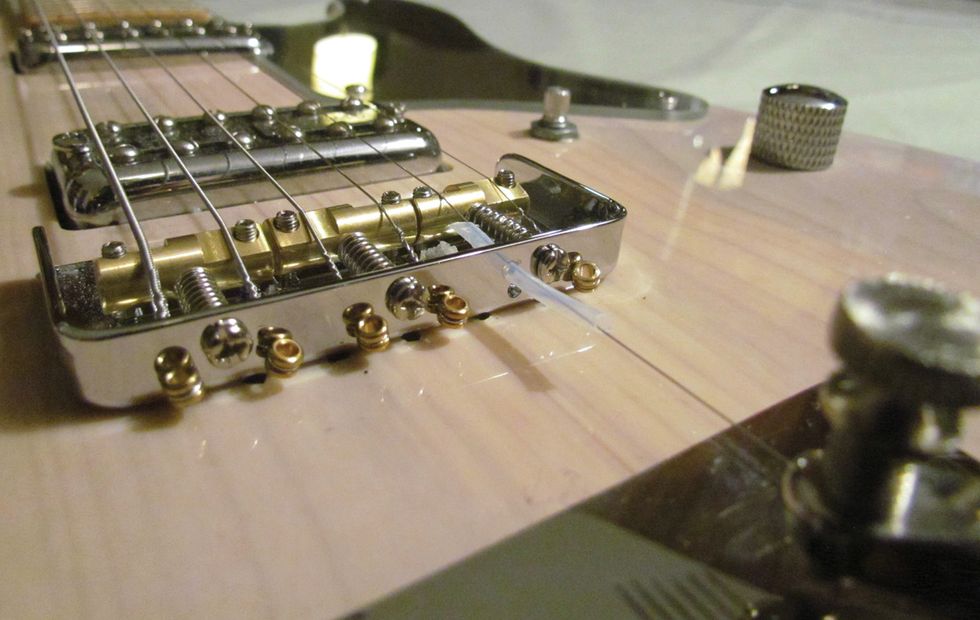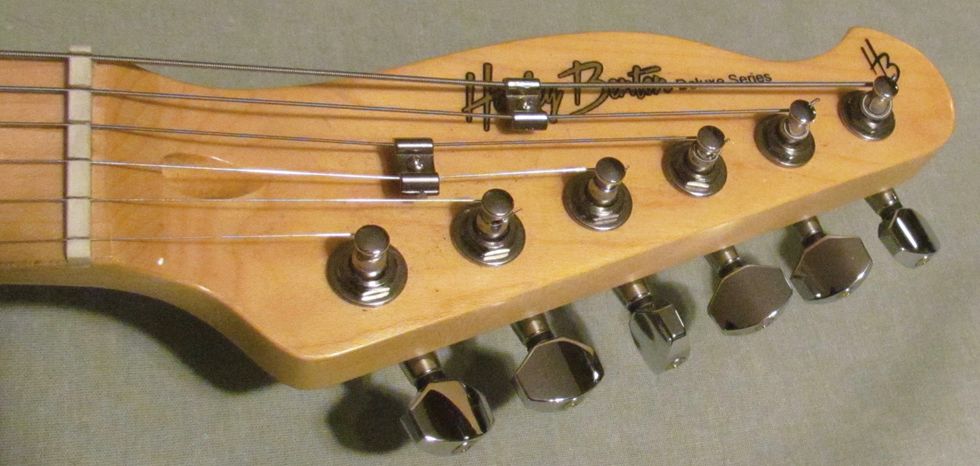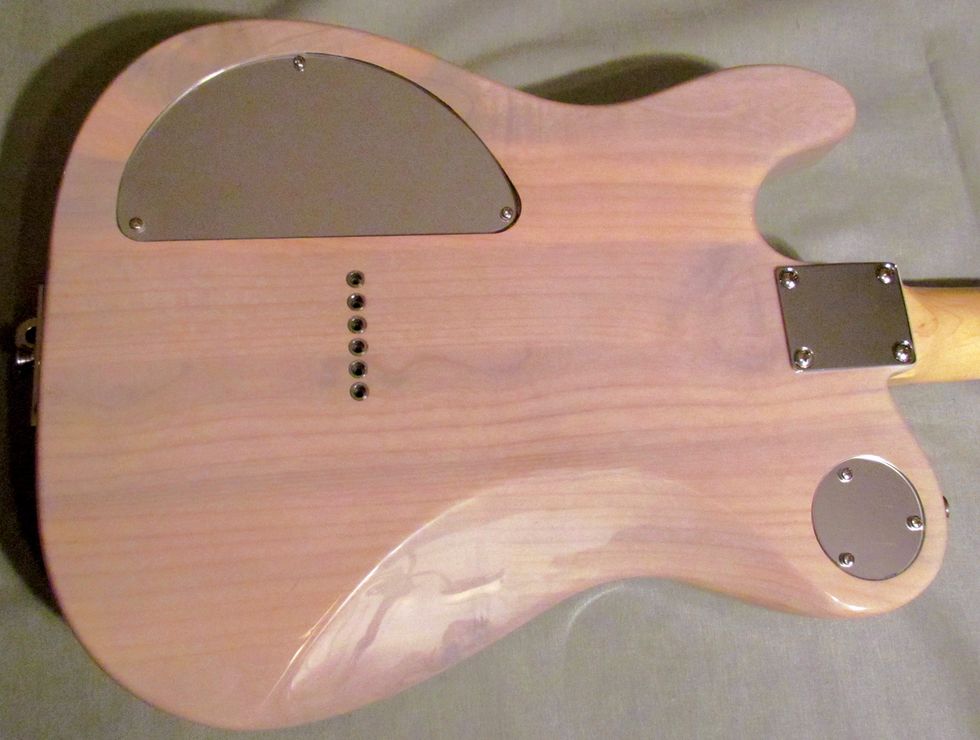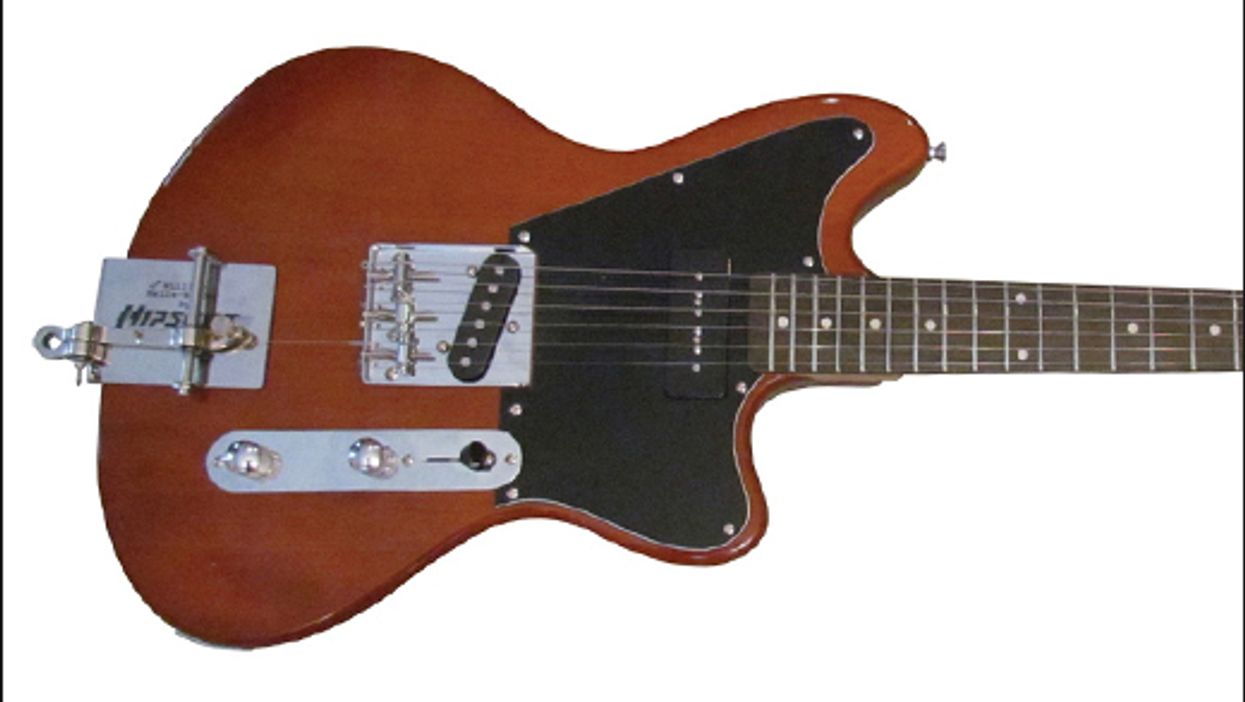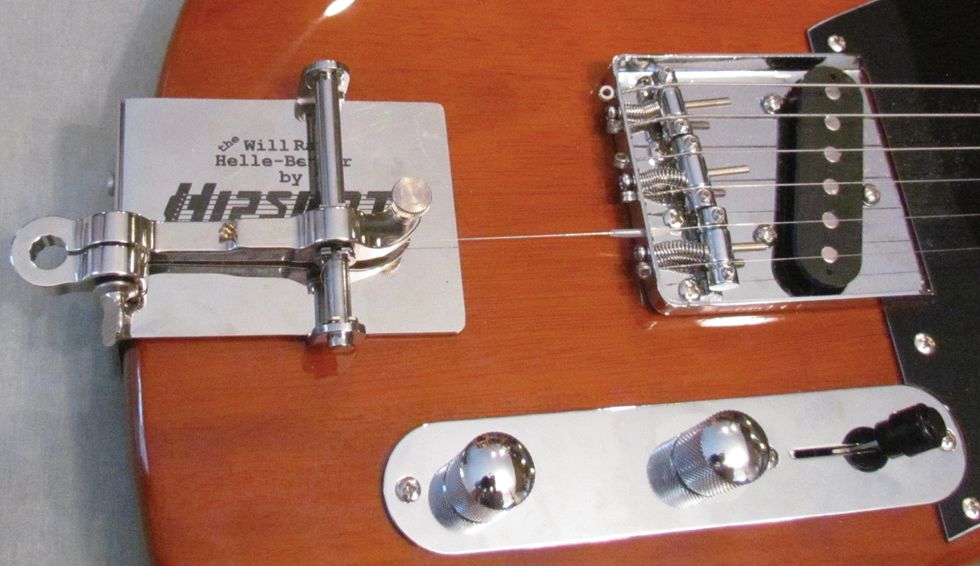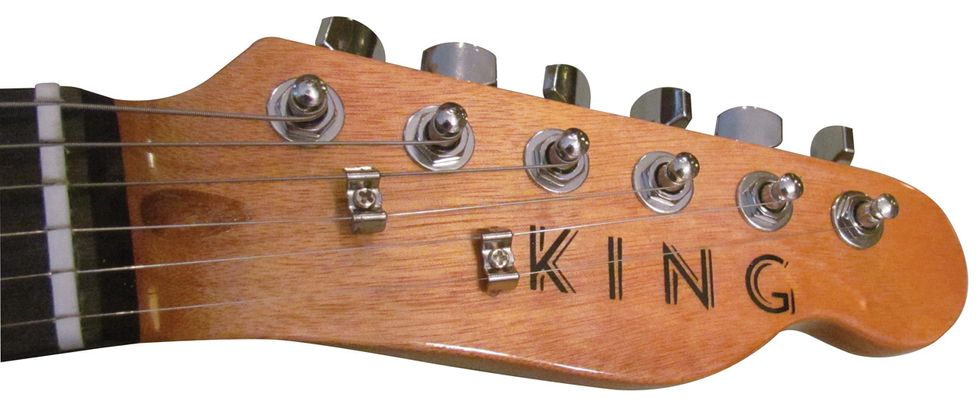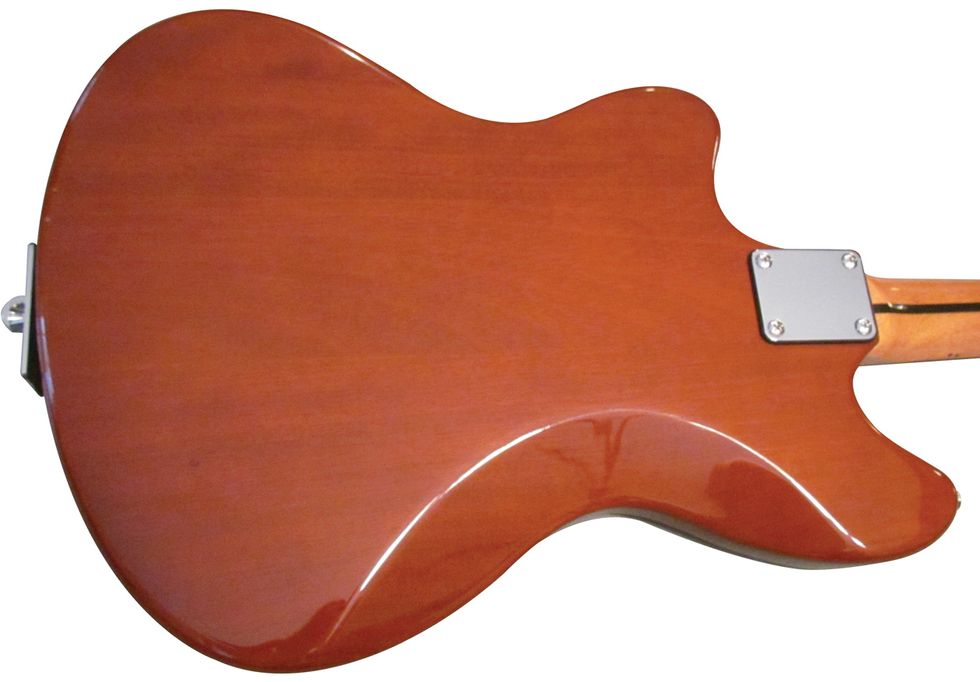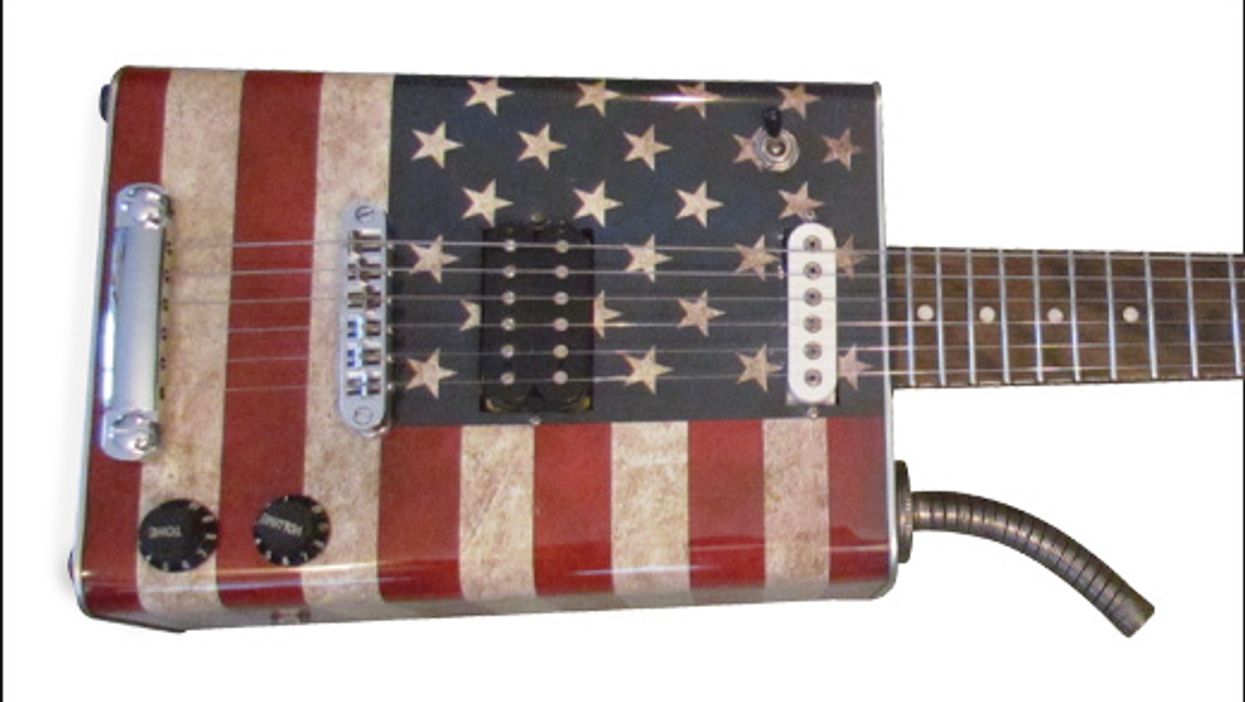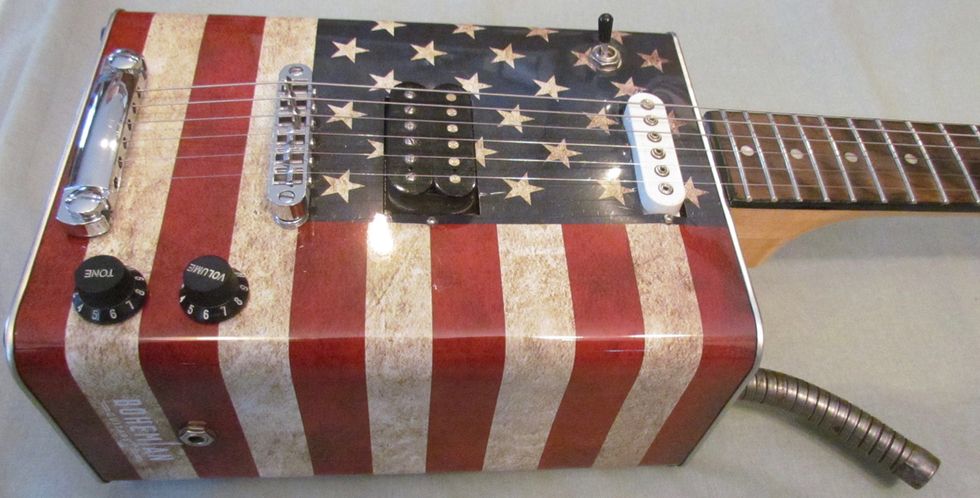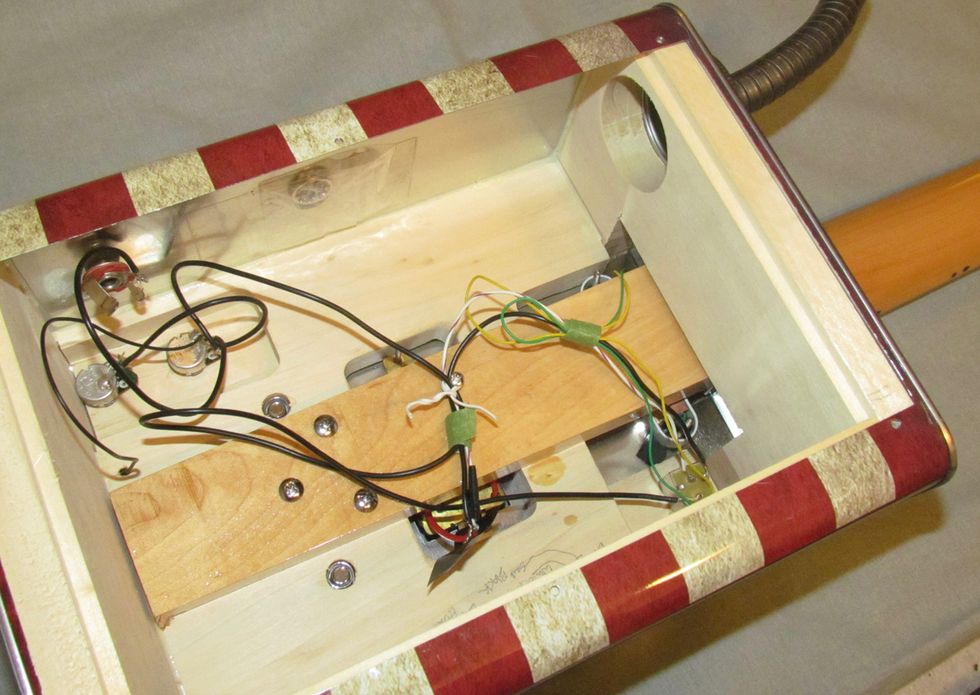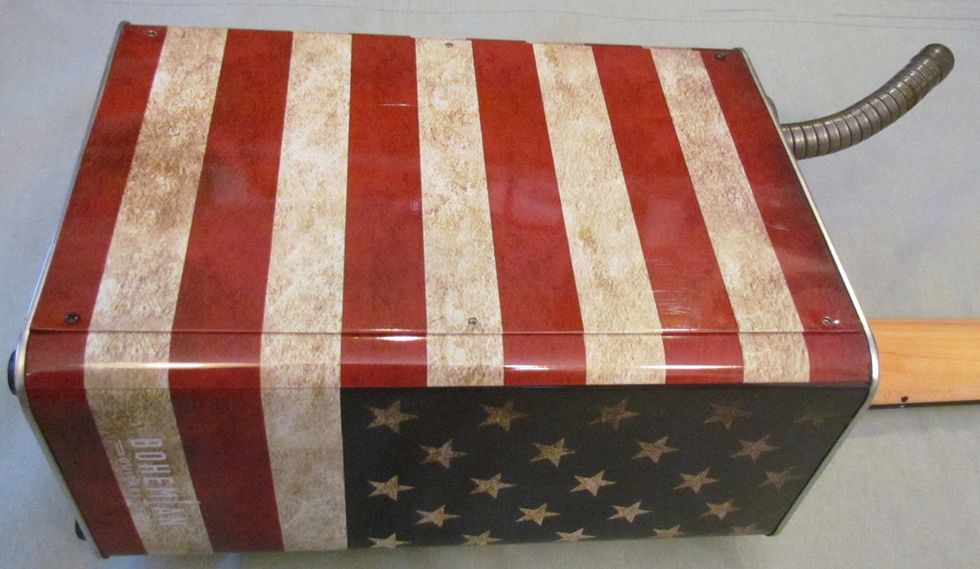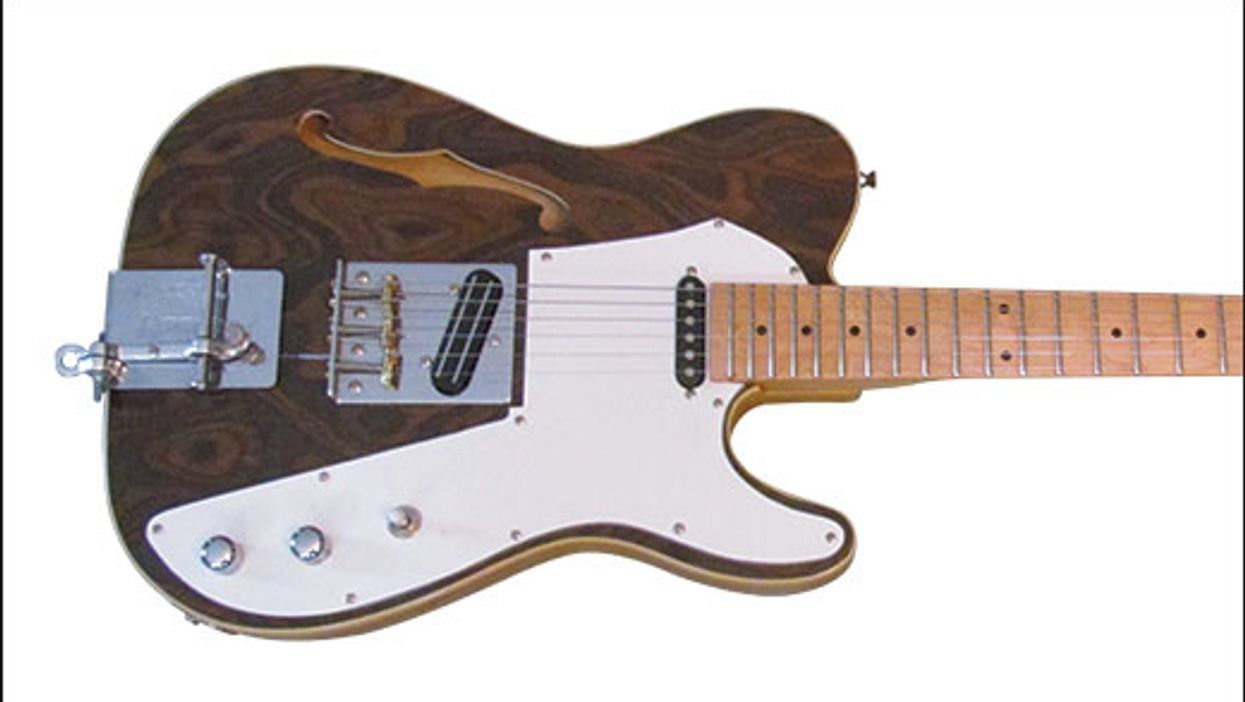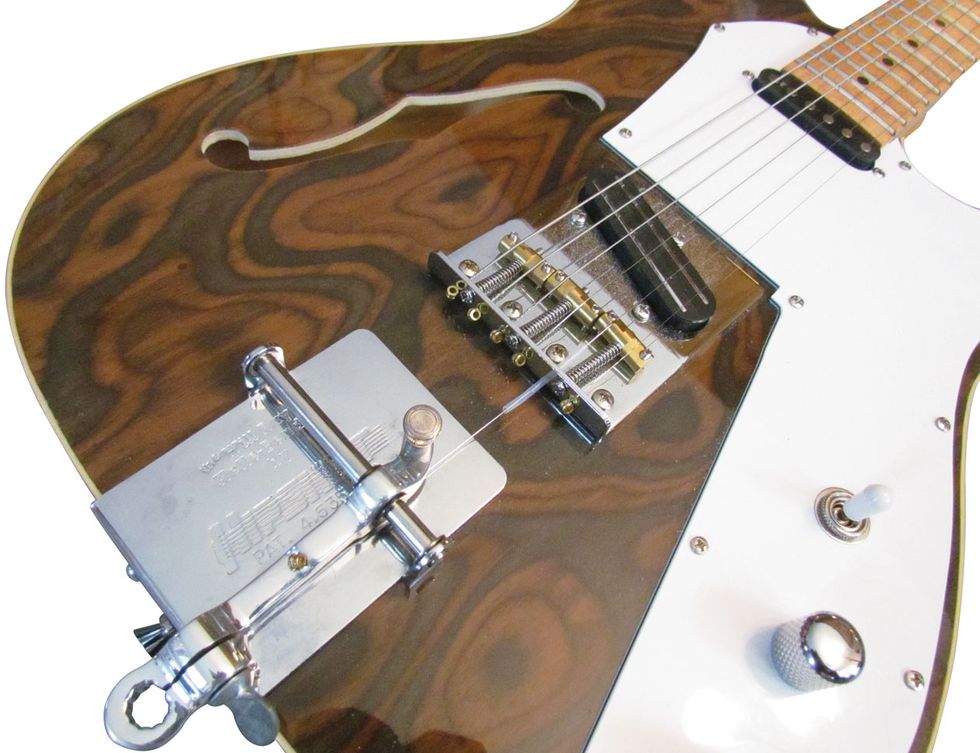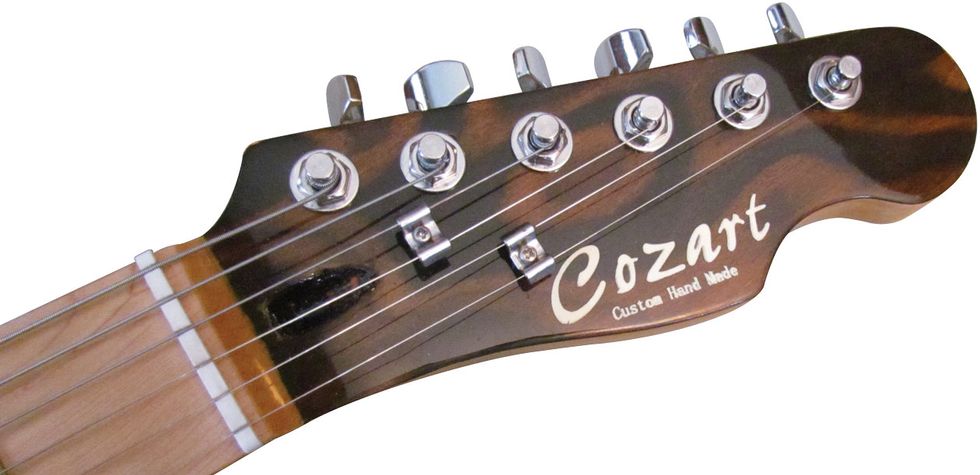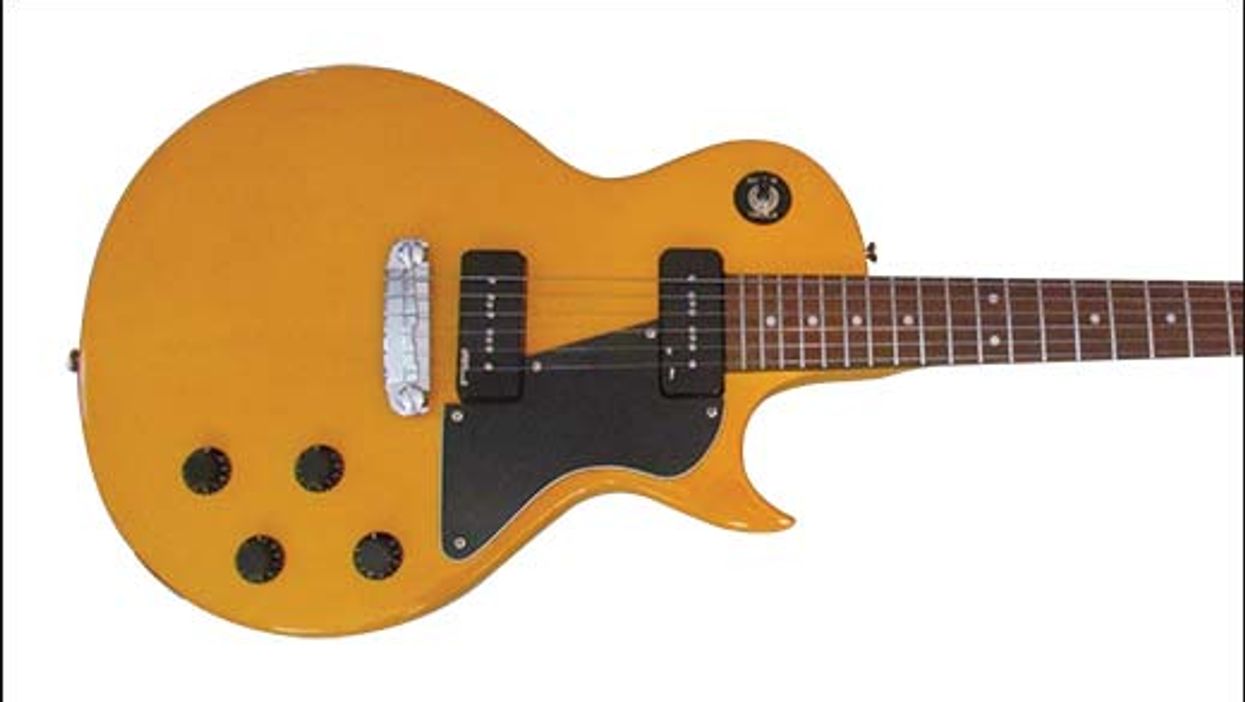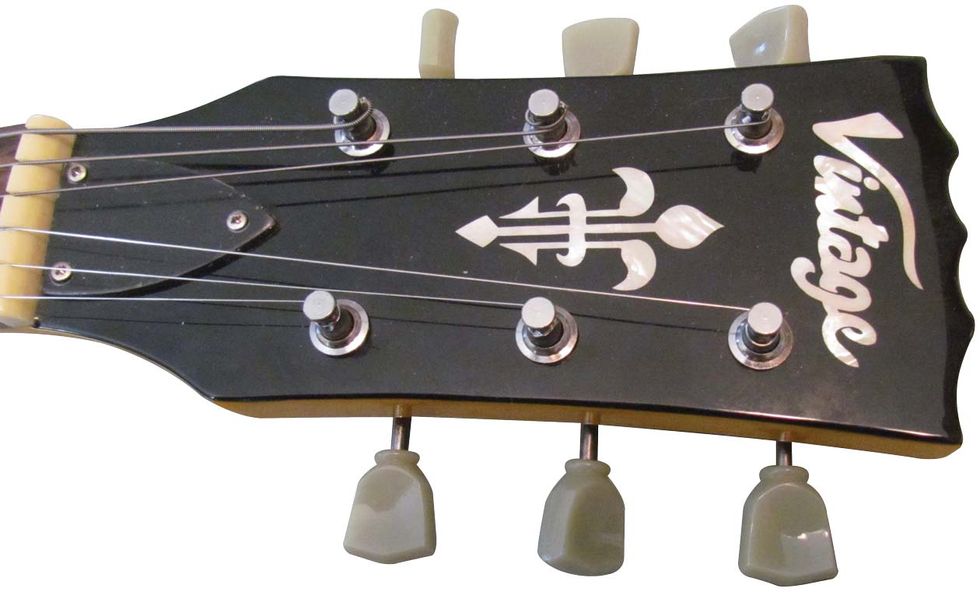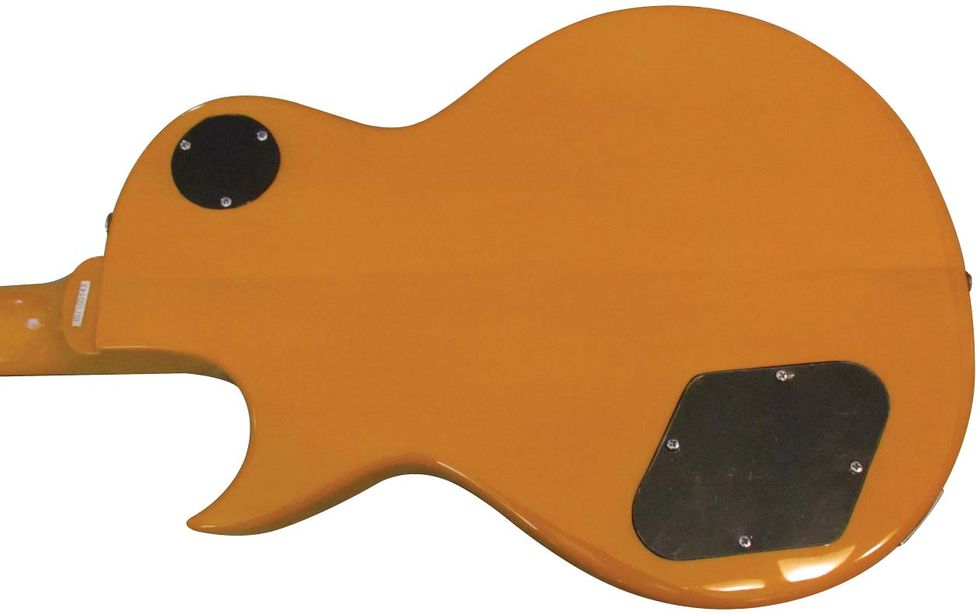I'm one of those guys who believe that modern polyurethane finishes suck the sound right out of guitars. A few months ago I was intrigued by this Epiphone Les Paul Special on eBay with what was called a “faded TV yellow" finish. It just looked very cool for its price range. The guitar sported a bolt-on neck, two P-90 pickups, and a wraparound tailpiece. I won the auction for just $106 ($86 + $20 shipping). Now that's Bottom Feeder territory!
However, when I received it a week later, it had been heavily damaged in shipping due to a terrible packing job by the seller. Bummer! The neck was just flopping around when I unpacked it. Apparently, the bolt-on neck had separated from the body, stripping out the screw holes on the back of the neck in the process. I immediately emailed the seller, but he was out of town for a week and unable to respond.
After thinking about it for an hour, I decided to take a whack at fixing the guitar myself. What the hell, I figured, it was a cheap guitar and I had nothing to lose. Besides, nothing was broken or cracked, just a few stripped screw holes. So I grabbed some wooden toothpicks and wood glue and went to work.
Here's an old trick I learned from Hipshot owner Dave Borisoff for fixing stripped-out screw holes: First, put a small dab of wood glue on the entire length of a wooden toothpick, and then poke it into the screw hole and break or snip off the toothpick just below the top of the hole. Because the neck screw holes were rather large, I had to use three or four toothpicks per hole so that each screw had plenty of new wood to grab onto. When I had finished all four holes, and with the glue still wet, I put the neck back on and carefully tightened the four neck screws until each had a tight fit.
This Epi Les Paul Special has a bolt-on neck—a significant departure from Gibson's design.
Then I strung it up with a set of .010s and adjusted the truss rod and bridge. The moment of truth had arrived. It played and sounded absolutely great! I felt very lucky on this one.
Bottom Feeder Tip #2278: Always keep plenty of wooden toothpicks and wood glue handy for the stripped-out screw holes you may encounter for pickguards, tuners, bridges, necks, etc.
A week later the seller got back in touch, apologized, and then refunded me $25 via PayPal for my trouble. The total cost of the guitar was now $81.
So was it worth the effort? Absolutely! And I tell you this: I'll put this guitar up against any Les Paul under $600. The faded yellow satin finish really allows the guitar to breathe and ring out. The P-90 pickups may be cheap, but they sound pretty darn good to my ears. The neck is perfect for bluesy string bending, the intonation is good, and it weighs only 5.5 pounds. It's an amazing guitar for $81. This Epiphone is definitely a keeper for now, because it's just too much fun to play.


